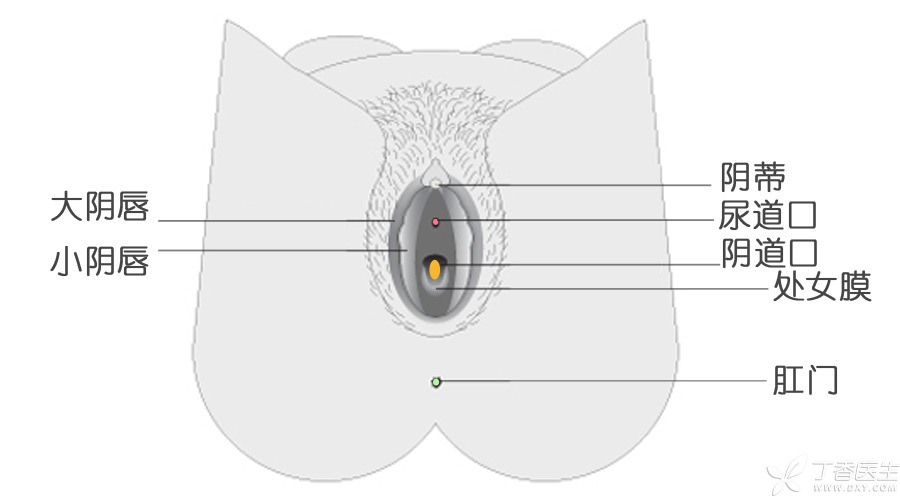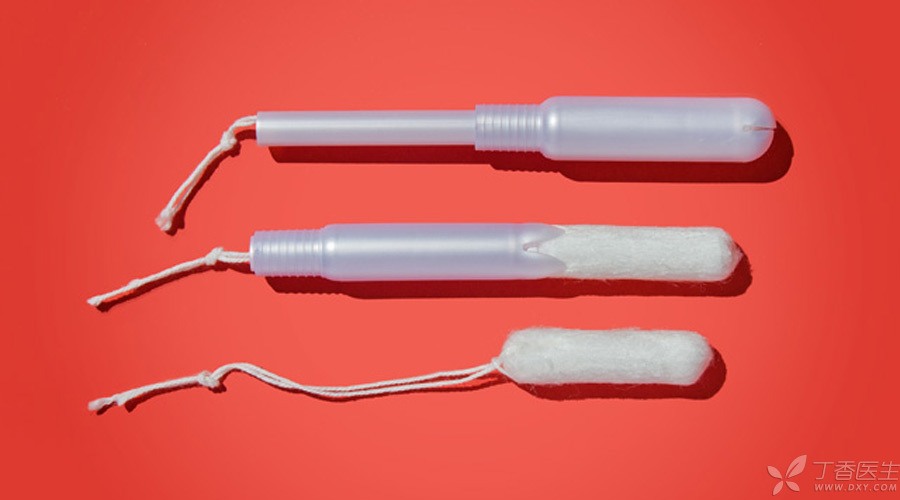
Tampons are really a [sharp weapon] to liberate women. Most women who have experienced them think it brings them [unprecedented ease].
However, it is normal that people have a natural resistance to new things. I hope today’s article can let you know more about tampons and give them a try if you have the chance.
What is a tampon?
As the name implies, it is a strip made of cotton material. During menstruation, someone will put it about half a finger deep from the vaginal opening, so that it can suck blood like sanitary napkins.
Like sanitary napkins, tampons need to be replaced in time and have different sizes and blood sucking specifications.
At present, some supermarkets and cosmetics chain supermarkets in China can buy tampons, and online shopping is also a way.
Pay attention to what before using it for the first time?
When using it for the first time, it is recommended to choose a smaller specification with smaller blood sucking volume, and try it when the menstrual volume is relatively large, so it is easier to put it in.
In addition, putting things into one’s vagina will inevitably lead to nervousness and discomfort. This kind of reaction is very normal, but nervousness will make muscles nervous, so it is more difficult to put tampons into the vagina.
Don’t panic, I hope you can relax after learning the following knowledge.
Relax first, then put the tampon.
Where should tampons be put?
Come on, don’t be shy, let’s look at how many holes there are in the female vulva first.

You can take a mirror and look at it yourself. Our female vulva structure is about what the above picture looks like.
The clitoris is in the front, the labia is on both sides, and there is a small hole in the back, where is the urethral orifice, from which we urinate. There is also a hole behind the urethral orifice, which is the vaginal orifice. The vaginal orifice goes back and is the anus, from which our stool is discharged.
How do I put tampons?
In contrast, catheter tampons will be easier to put in. At first, this one can be used.

Catheter tampon is a tampon placed in a plastic pipe. Its general usage is: after putting the plastic pipe into the vaginal opening, press down the exposed end of the plastic pipe, and then gently take down the plastic pipe.
Specifically, the operation steps are as follows:
-
Wash your hands: Be sure to wash your hands with soap or hand sanitizer, and then let your hands dry basically.
-
Take a tampon: Take out a catheter tampon and check whether the package is complete. If it is complete, unpack the outer package.
-
Check: Gently pull the rope to ensure that the rope is connected to the tampon and will not be torn off.
-
Adjust your posture: You can squat, sit or stand, and spread your legs apart in a posture that is unlikely to fall.
-
Pushing the labia: one hand holds the tampon catheter, and the other hand uses the index finger and middle finger to push the labia from the front to expose the vaginal opening.
-
Placing the catheter: The hand holding the catheter holds the handle of the catheter with its thumb and middle finger, aligns it with the vaginal opening, and allows the tampon catheter to slowly slide in along the vagina. The insertion direction is about backward and slightly upward, and the catheter should enter the vicinity of the hand.
-
Put the tampon: hold the hand of the catheter, slowly press the movable head at the other end of the catheter with the index finger, press it to the end, and watch carefully. The thread attached to the tampon should always be outside the vagina.
-
Take the catheter: Finally, gently pick up the line with the hand that pulled open the labia, take the catheter off the vaginal opening, and be careful not to pull out the line.
When taking the tampon, you only need to pull out the exposed thread to take out the tampon.
How do I know if the tampons are ready?
The sliver needs to be placed in the middle of the vagina, near the cervix.
If the tampon is properly placed, you won’t feel anything.
If there is still feeling, it may be that the position is too shallow, or the way the tampons are placed is not correct enough.
If you are really uncomfortable, you can consider pulling out the thread directly with your bare hands, taking off the original tampon, and then taking another one to try again.
It is normal not to succeed at first. It really needs more practice.
Tampons are indeed more expensive, but the discomfort it brings is really hard to ignore, and we do not encourage you to take out and put the original tampons repeatedly, which is likely to cause vaginal infection.
Can virgins use tampons?
The hymen is an elastic membranous tissue, and the tampon can completely pass through the hole in its middle. However, about 2% of women also have small holes in the hymen, which is not suitable for tampon use.
If there is a psychological barrier to this, we do not strongly recommend women who have no sexual experience to use tampons.
However, it is indeed an option to make menstrual life easier.
How often do tampons change?
4 ~ 6 hours, must change.
There have been more than one deaths of young girls worldwide due to [toxic shock] caused by failure to replace tampons in time.
This is because improper use allows a bacterium called [Staphylococcus aureus] to enter the vagina through tampons, and gives the bacteria the opportunity to multiply in large quantities in the vagina, and then a large number of bacteria enter the body through the broken skin of the vagina, threatening life.
Possible manifestations of toxic shock include but are not limited to:
- Cold-like symptoms such as muscle soreness, headache, redness of eyes and sore throat; The body temperature suddenly rose very high; Dizziness, vomiting and diarrhea; Burn-like spots appear on the skin…
This rarely happens, but it does happen. In order to prevent toxic shock caused by tampons, we should do these things when using them:
-
Wash your hands before use and before taking it out.
-
Change a tampon in 4 ~ 6 hours at most;
-
Unless the amount of menstruation is extremely large, don’t use the specification of “super blood sucking” (otherwise I am not willing to pull it out);
-
Don’t use tampons continuously for more than one day. Sanitary napkins and tampons should be changed.
-
Don’t insert tampons into your vagina when you are not menstruating-I am really serious, very serious about this matter, and some people will do it!
I’m going to try, and what should pay attention?
1. Don’t throw it into the toilet after pulling it out, it is likely to be blocked.
2. Change it again after defecation, because defecation passing through the large intestine is likely to push the tampon, making people feel uncomfortable, and if you don’t care if the excrement is stained on the line, it is likely that the tampon in the vagina will also carry the excrement.
3. Just put one at a time. If the quantity is large, choose a specification with large blood sucking volume. Don’t block yourself.
4. Don’t use tampons that fall to the ground, have been put into the vagina, and have damaged packaging. In case of the infection mentioned above, a dozen tampons cannot stop the treatment cost.
5. Compared with [tasteless] tampons, fragrant tampons are more likely to bring itching, allergy and other discomfort reactions. Anyway, you can choose by yourself…
